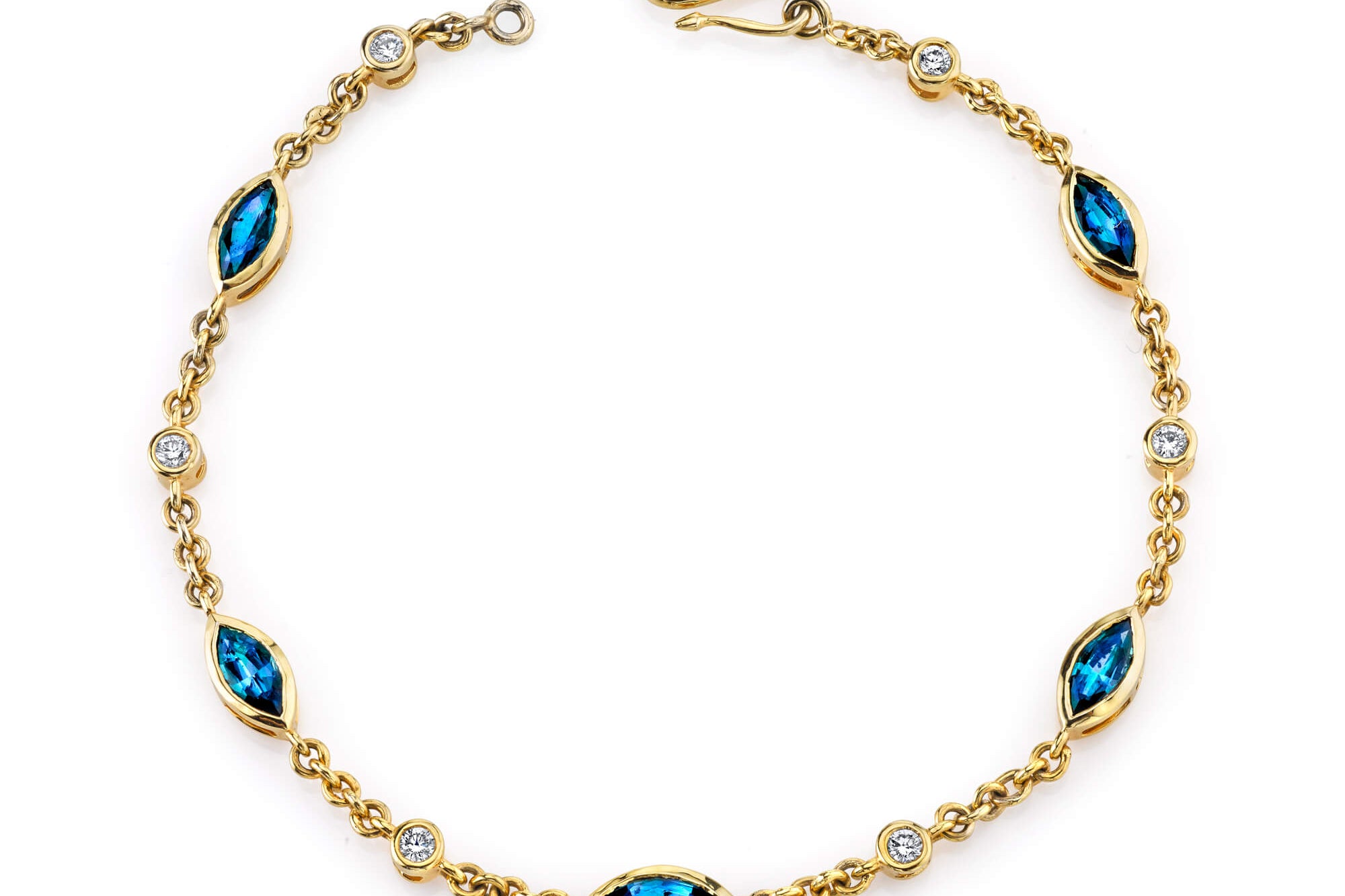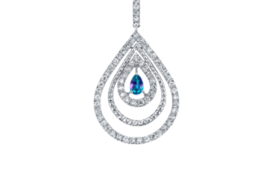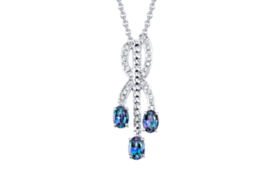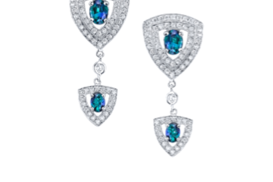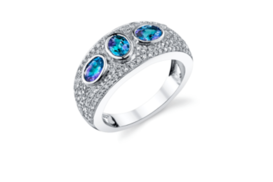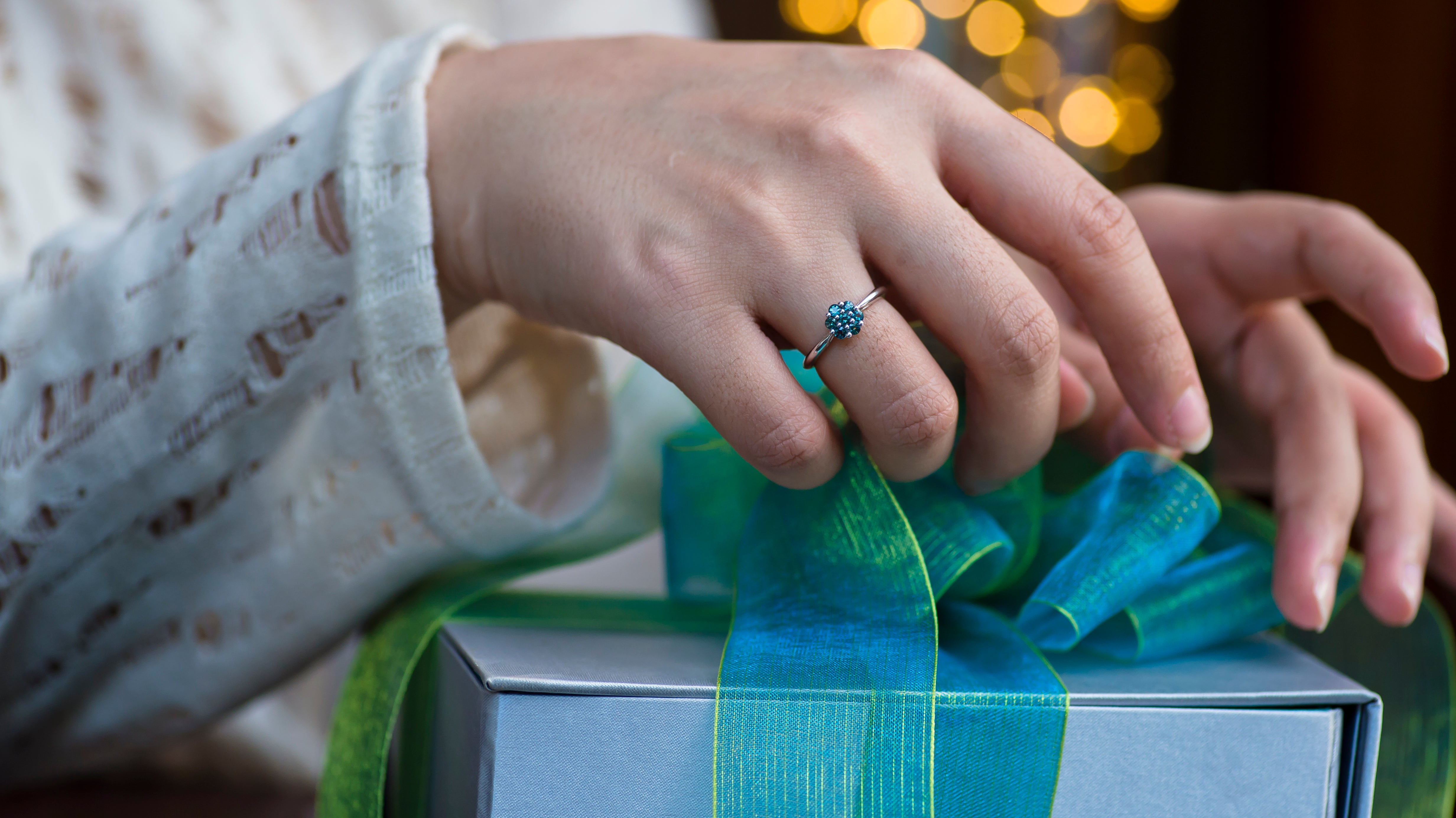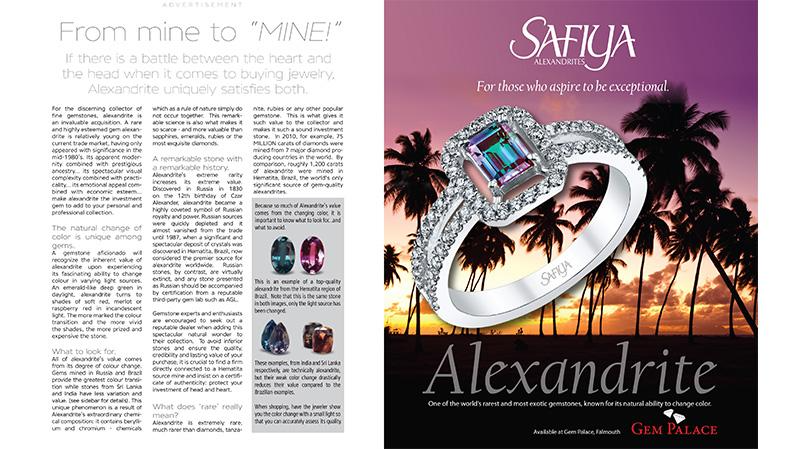Articles
Everything you want to know about June's Birthstone - Alexandrite
I always envy June babies! Warm days and long evenings are ideal for celebratory parties bathed in the evening sunlight and enhanced, perhaps, by candlelight. And it's in those balmy...
Which is the most valuable June Birthstone?
Believe it or not, June has 3 birthstones to choose from. Pearl, Moonstone and the fabled Alexandrite. Pearls have been a traditional wardrobe staple, especially for our Grandmothers, for centuries....
Wise words from 30 years ago
When I got my first paycheck, like many other twentysomethings in those days, I wanted to spend it on some jewelry for my then girlfriend. My mother advised me otherwise...
How to care for your Alexandrite jewelry
Like all precious jewelry, pieces containing Alexandrite should be treated with care and especially when cleaning. Although it’s renowned for being a hard gem, the incorrect way of cleaning alexandrite...
Safiya Alexandrites onboard select celebrity cruise ships
Safiya Alexandrites is now on board Celebrity Millennium currently sailing in the Asian Region and Celebrity Infinity currently sailing in the South American Region. We are very excited about getting...
Safiya Alexandrites at JIS Miami October 2016
Come visit our booth at JIS Miami Beach Convention Center October 14 - 17. We will be showcasing our latest designs for 2017. Booth Number 2504.
Safiya Alexandrites advertorial on Disney Cruise Ship Porthole Magazine 2016
Check out our first double page advertorial on the Disney Cruise line onboard magazine, Porthole. We are hoping it may inspire the guests to be one of the very few...

